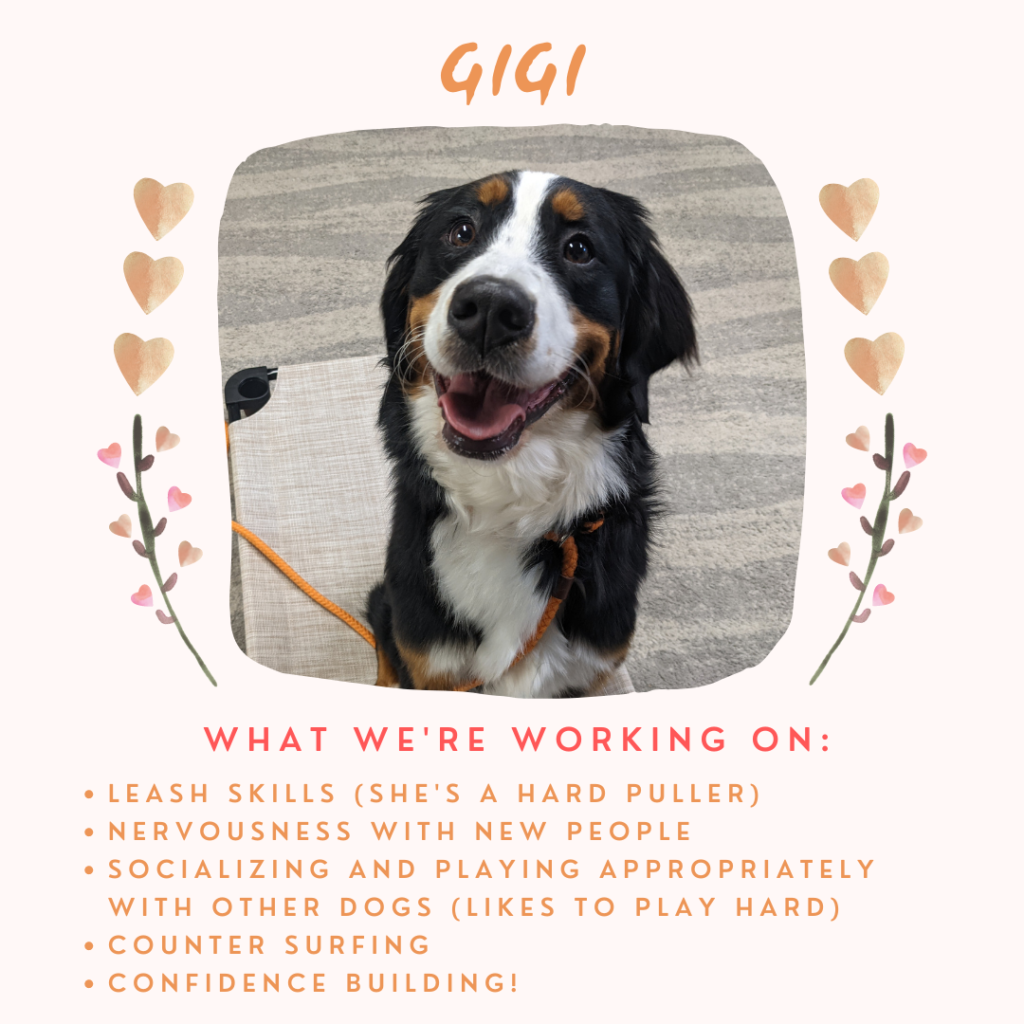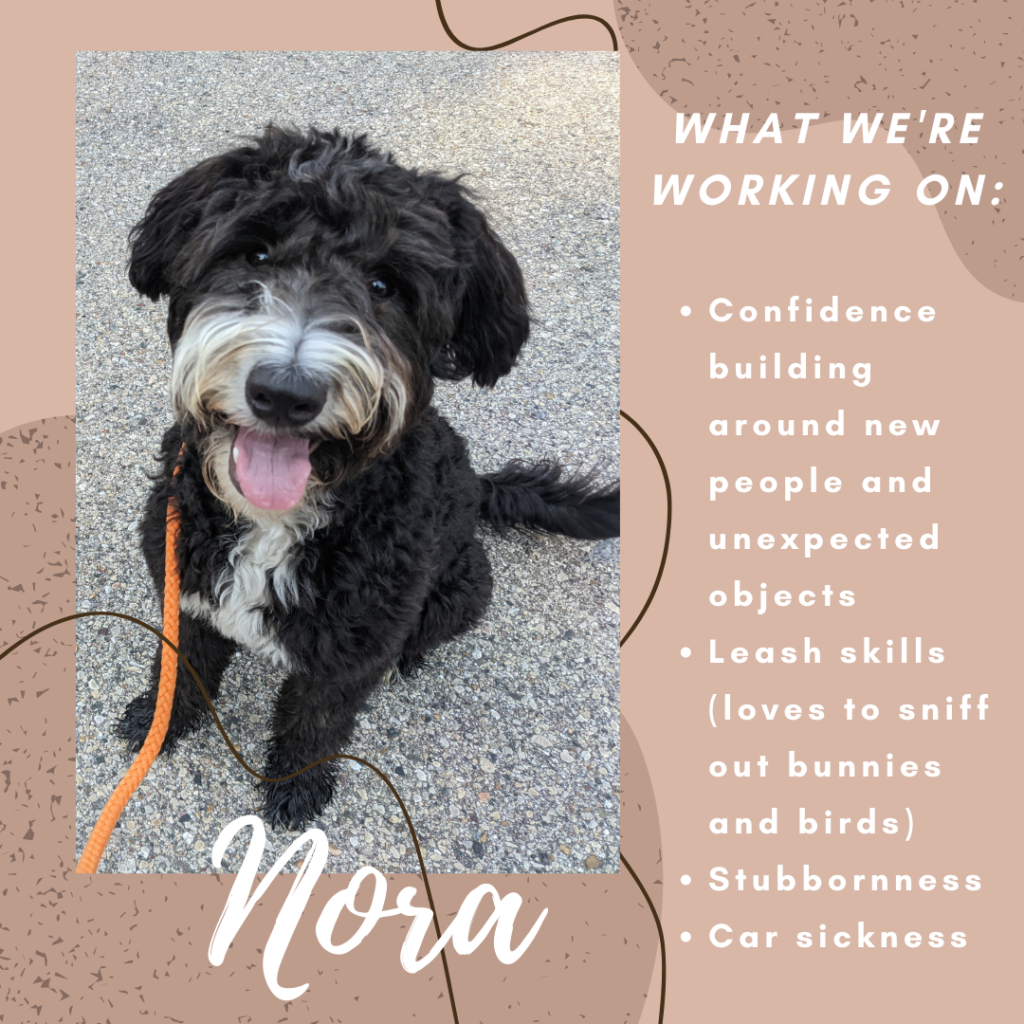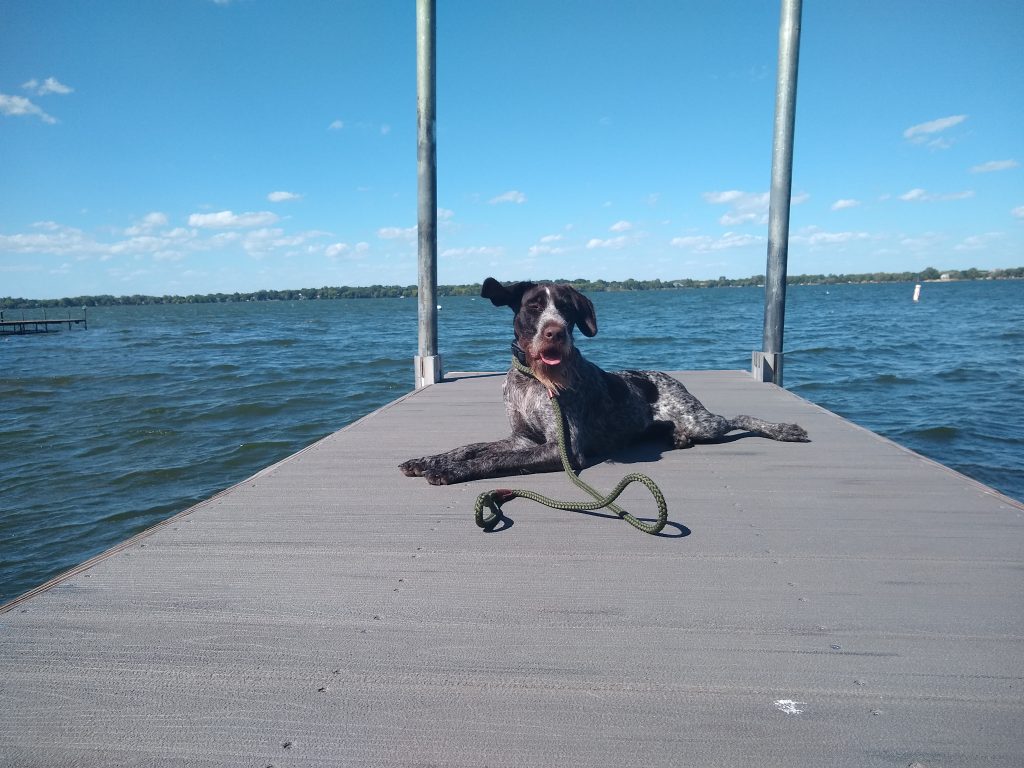What is your mindset when you take your dog out in public?
Is it:
🔴 We’re going to have a perfect heel through the entire store!
🔴 I’m just going to run in quick to grab something, my dog can handle that.
🔴 I’m going to read my book at the coffee shop and my dog is going to sit quietly by my side the entire time.
🔴 We’ve practiced this at home, he for sure can do this in a busy store.
Or is it:
🔵 I have no expectations for this trip other than to see what my dog is comfortable with.
🔵 It’s ok if we don’t make it into the store. If he struggled on the way there, we’ll just work on car manners instead.
🔵 If he gets overly excited in the parking lot, we’ll just work on focus outside.
🔵 I know this might be tough, but I just want to see where we’re at on our skills so I know what to continue working on.
Your mindset really does matter here! On the one hand, you can choose to be focused entirely on getting things done, moving quickly, holding your dog to standards that they aren’t yet able to accomplish. And on the other, you can choose to slow down, give your dog your undivided attention, be incredibly aware of your surroundings, and be ready to change your plans if your dog isn’t ready for the challenge.
I can’t even tell you how many outings have changed course because the dog was telling me it wasn’t ready. That’s useful information!
Be bold enough to change the way you think about your outings with your dog. You’ll be surprised by how much better it will go if you slow things down and focus on what your dog is telling you, rather than simply checking something off your training to-do list.






